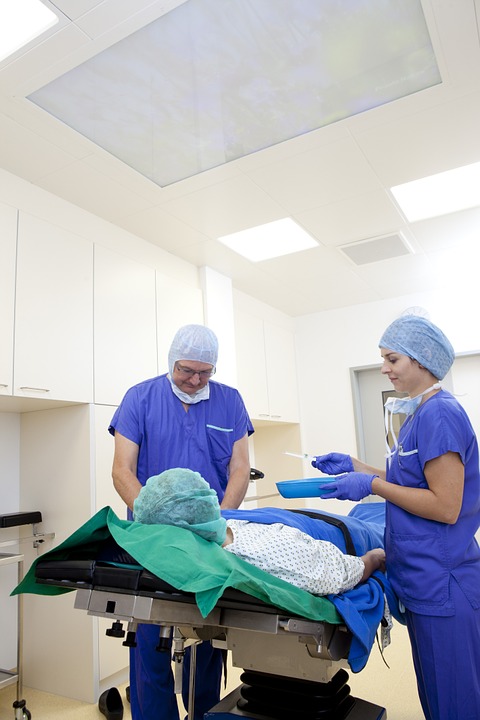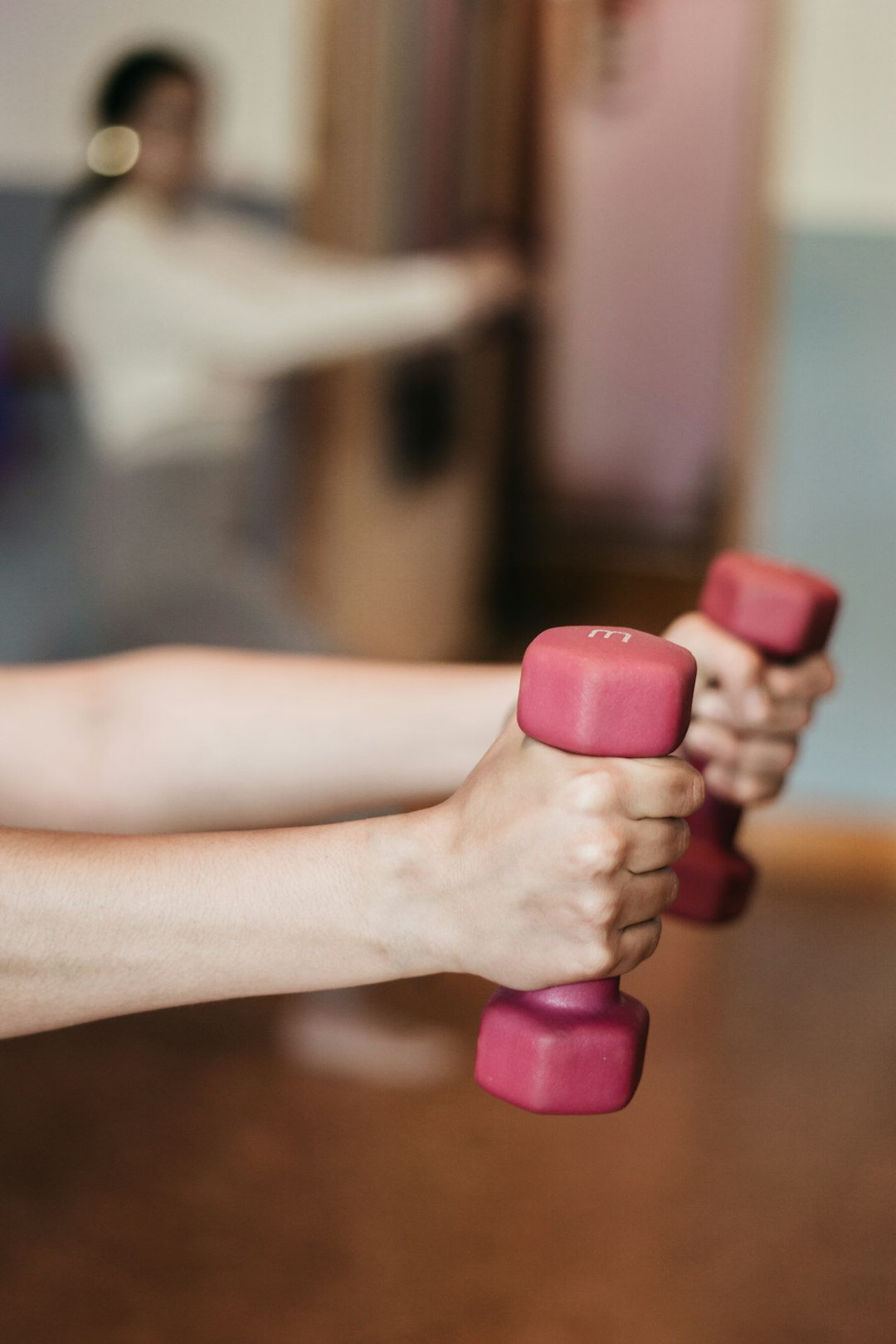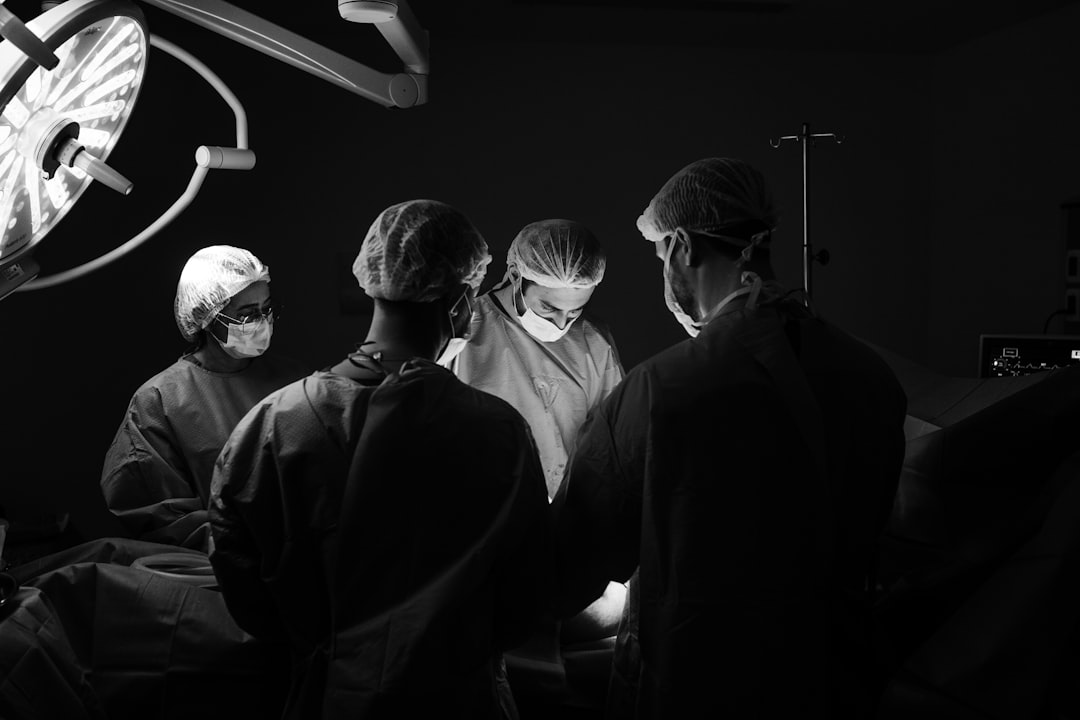The intervention by means of Super Glue for Veins allows to treat patients that with other traditional endovascular techniques would be difficult or impossible to treat. In particular, in these cases: patients with superficial vein, difficult to treat without producing skin damage. Patients who for various reasons – poor mobility, weight problems, pharmacological treatments and the presence of devices like pacemakers – can not undergo minimally invasive thermal ablative treatment and are difficult to treat with surgical procedures.
Patients with veins with a large diameter or with a high number of perforators or tributaries or with cavernomas along the course of the veins, since it is sufficient to inject a greater quantity of adhesive to obtain an optimal result.
Patients who present veins with outcomes of previous thrombophlebitis because the guide wire supplied makes its way better through the results of previous thrombophlebitis.
It should be added that this type of intervention allows the patient to be treated on both legs, which is not possible with other endovascular techniques due to the limits of anesthesia.
Finally, the use of cyanoacrylates allows the occlusion of extra-sympathetic collateral varices and relapse varices after surgery by stripping, always bringing enormous advantages to the procedure, which does not require any type of anesthesia, no post-procedural elastocompression and is completely painless.
What are the benefits for the patient derived from an intervention of saphenous occlusion and extrasafenic varices using Super Glue for Veins? The treatment by means of glue procure numerous benefits for the patient when performed according to the recommended protocol, the procedure is totally painless, both during and after surgery.
The treatment does not require surgery because it consists of an endovascular technique that does not require surgical access to the groin, high ligation or procedures, such as venous stripping. The only necessary access is the one concerning the great saphenous vein at the knee for the insertion of the catheter.
It is a mini-invasive treatment, which can therefore be carried out in any season of the year, even in hot periods, when varicose veins are not normally operated. The intervention has a reduced duration, between 30 and 40 minutes, producing a reduced emotional impact. Total anesthesia or epidural anesthesia are not necessary. The surgery does not require stitches and therefore there is no creation of scars on the skin.
The operation does not generate bruises, burns or discolorations of the skin. The treatment has a very low recurrence rate. The possibility of returning to normal activities after a few hours has a beneficial impact not only on the patient but also on the social level.







